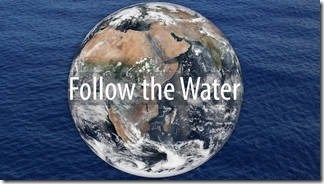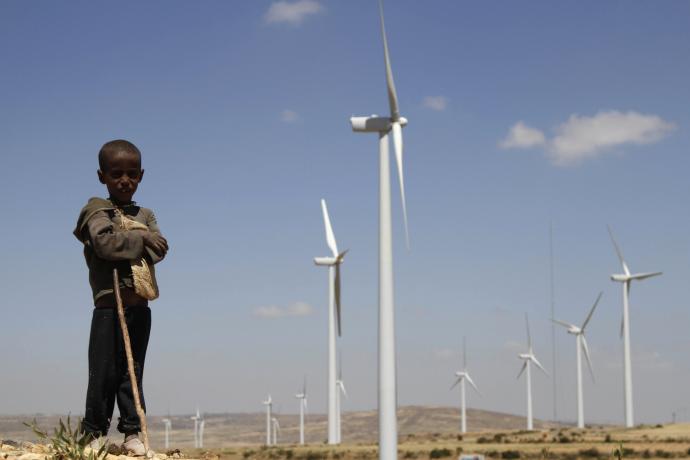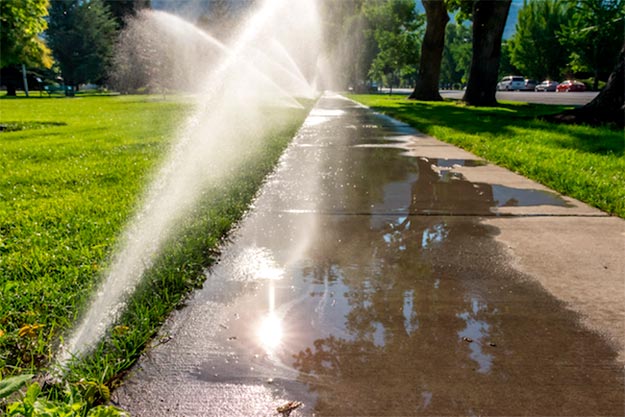Himalaya. Karakoram. Hindu Kush. The names of Asia’s high mountain ranges conjure up adventure to those living far away, but for more than a billion people, these are the names of their most reliable water source.

Follow the Freshwater: By predicting droughts and floods and tracking blooms of algae, NASA’s view of freshwater around the globe helps people manage their water.
Snow and glaciers in these mountains contain the largest volume of freshwater outside of Earth’s polar ice sheets, leading hydrologists to nickname this region the Third Pole. One-seventh of the world’s population depends on rivers flowing from these mountains for water to drink and to irrigate crops.
Rapid changes in the region’s climate, however, are affecting glacier melt and snowmelt. People in the region are already modifying their land-use practices in response to the changing water supply, and the region’s ecology is transforming. Future changes are likely to influence food and water security in India, Pakistan, China and other nations.
Rapid changes in the region’s climate are affecting glacier flows and snowmelt. Local people are already modifying their land-use practices in response to the changing supply, and the region’s ecology is transforming. Scientists estimate that by 2100, these glaciers could be up to 75% smaller in volume.
NASA is keeping a space-based eye on changes like these worldwide to better understand the future of our planet’s water cycle. In this region where there are extreme challenges in collecting observations on the ground, NASA’s satellite and other resources can produce substantial benefits to climate science and local decision makers tasked with managing an already-scarce resource. Read more





